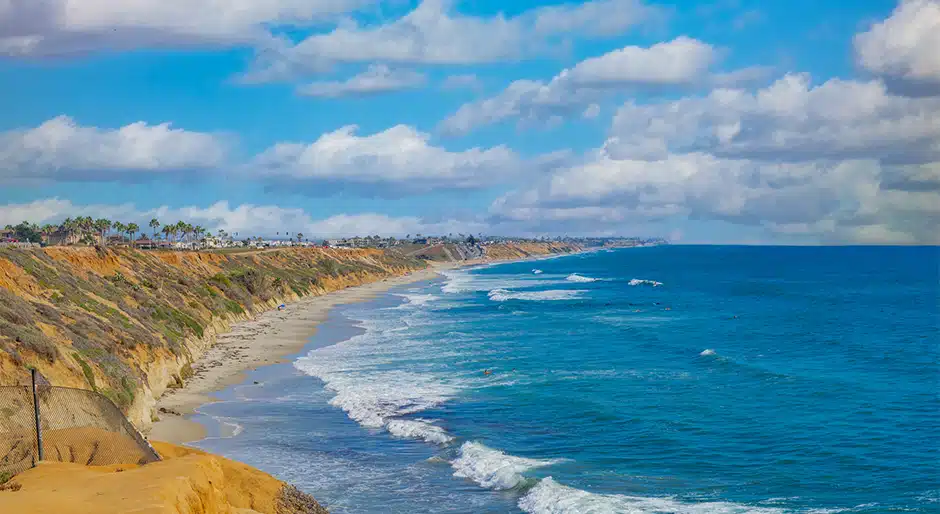The city of the future: Where people can ‘live, work and move’
At Institutional Real Estate, Inc.’s 2019 Visions, Insights & Perspectives (VIP) Americas conference in Carlsbad, Calif., in January, the first day’s keynote was presented by Greg Lindsay, an expert on globalization, urbanization and innovation. Lindsay said the city of tomorrow does not depend on large skyscrapers, it depends on people and the way those people spend time inside and outside of work (pubs, bars, coffee shops). The city of the future will be walkable urban places, where people can “live, work and move.” This is the reason why large cities such as Seattle, San Francisco and New York have so many people; they are walkable. “Cities get better as they get bigger, even through a financial crisis,” explained Lindsay.
Lindsay also discussed the future of mobility, or “micro-mobility,” in the cities of the future. Scooters, bikes, Uber/Lyft and walking will be even more prominent and more utilized than ever before. Linsday noted Uber is in the works of becoming an “all-mobility provider,” where one app will control all forms of transportation. In the future, certain lanes in roads may have toll prices as well due to transportation such as Uber and Lyft congesting the roadways. He even took it a step further and asked, “Instead of a data plan, what about a mobility plan?”
In addition, because of the popularity of Uber and Lyft, there may be a decrease in the need for parking spaces. Lindsay said current parking garages in major cities are already being turned into other assets such as multifamily homes or office buildings.
Lindsay also suggested that we will start to see a rise in co-working, where companies will begin to work with other companies in the same space.
Another topic he touched on was energy usage and storage. Because of issues such as climate change, Lindsay said in the future, each building may be in charge of supplying their own energy through microgrids and solar panels.
Lindsay finished his keynote by explaining what a winning city must have: It must bring people together; provide housing; be walkable and have access to amenities. He concluded the best cities are “locally close and globally connected.”

